Even when things are funny, I do not always laugh aloud. This xkcd post, however, made me do just that. And for that, it’s going up on the blog as today’s graphic of choice.
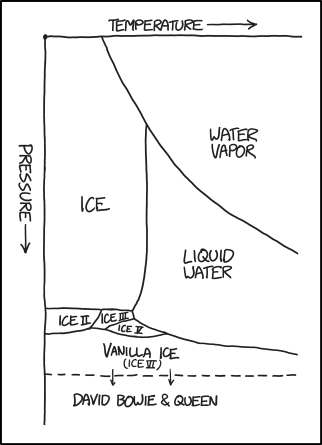
Credit for the piece goes to Randall Munroe.
On 6 August 1945, the United States dropped one of the only two nuclear weapons used in combat on the city of Hiroshima, Japan. 70 years later, the city has been rebuilt and the war is long since done and over—the atomic bombings playing no small part in changing the Japanese calculus of surrender. But, what happened on 6 August and then 9 August (when we used the second of two nuclear weapons on Nagasaki)? The Washington Post has this nice piece with illustrations and maps and diagrams to explain it all.

Credit for the piece goes to RIchard Johnson and Bonnie Berkowitz.
The UN released some new population estimates. And no surprise here, the world is still getting larger and a lot of that growth will be in Africa. But the Economist put together a graphic looking at some of the forecasts, including the ever popular bragging rights of “Who is the Largest Country?”

Credit for the piece goes to the Economist Data Team.
Journalism is not always a safe profession. Indeed, many journalists risk their lives to bring us news from conflict zones or otherwise dangerous places. This piece from the Washington Post supplements an article about a particular Pakistani journalist, but looks at a broader set of journalist deaths over the last 20+ years.
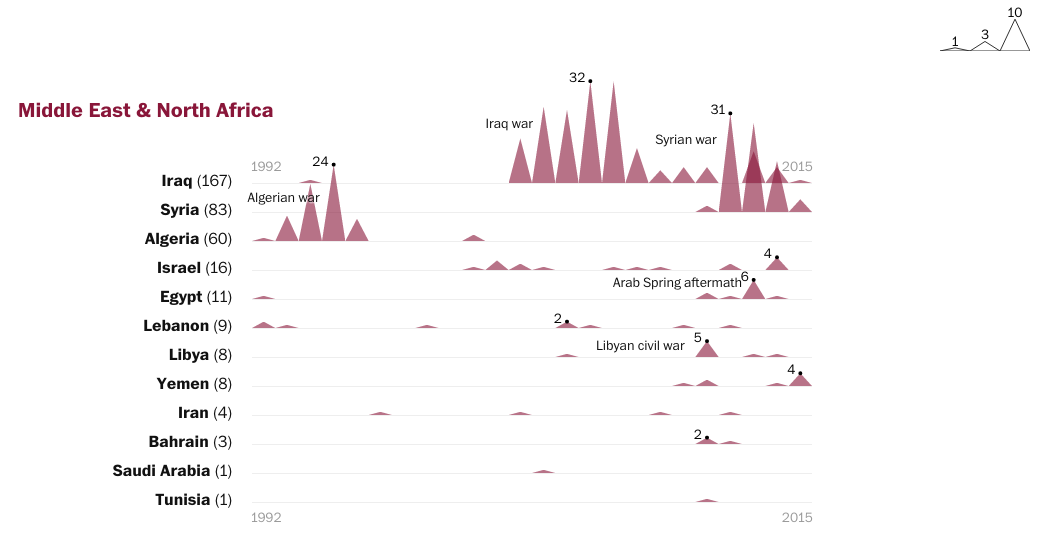
That said, unless you are a fan of the Mountain of Conflict, this graphic does nothing for me. Because of the way the points form mountains, it begins to emphasise the area of the triangle, not the height of the point. Secondly, the mountains overlap and then because of the way the colours interact, give increased emphasis where there should not be any. After all, the overlap does not signify anything of itself.
Credit for the piece goes to John Muyskens and Samuel Granados.
So this is sort of a recycled post, in the sense that I talked about it back in April of 2013. But it’s worth revisiting in light of last month’s announcement of Kepler 452b. For those unaware, the planet is a little bit larger than Earth, but is believed to be a potentially rocky planet like Earth that orbits a star very similar to our Sun in a very similar orbit.
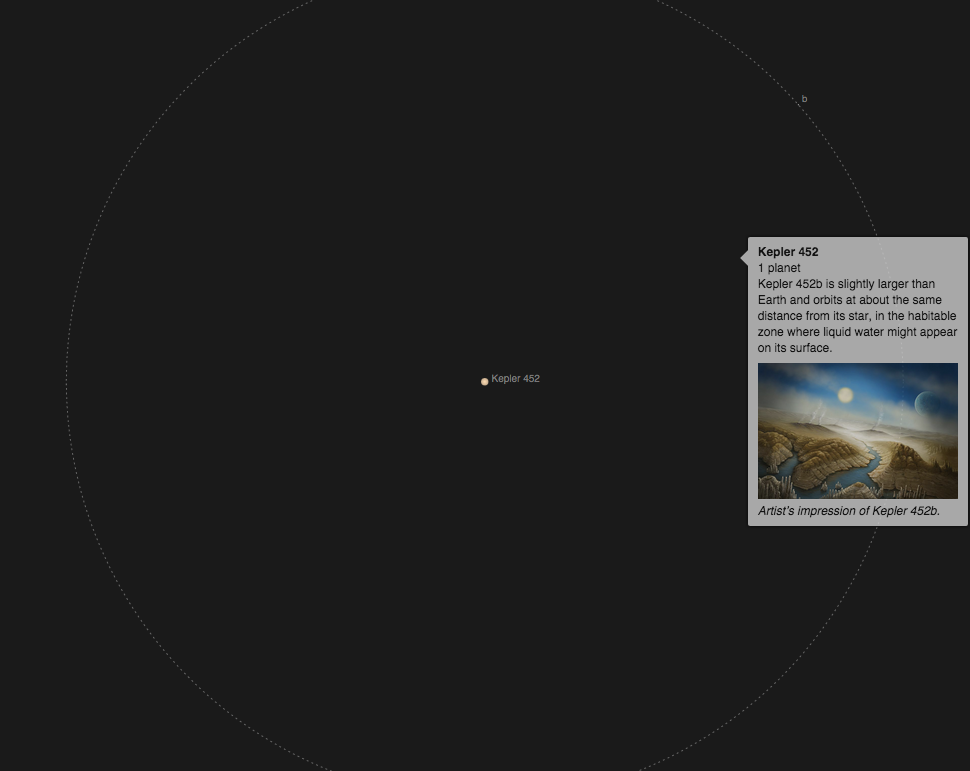
Credit for the piece still goes to Jonathan Corum.
(Hint, it’s not me.)
I was talking with someone the other day about how I dislike warm weather. Give me nice, cool, crisp weather any day of the week. And also how I am okay without sunshine—a cool, misty, grey day is lovely. Much of weather, of course, is determined by sunlight, energy, hitting the Earth. Well, just a few weeks ago the Washington Post published a piece looking at daily sunlight. At the end of the piece it has a nice small multiple graphic too.
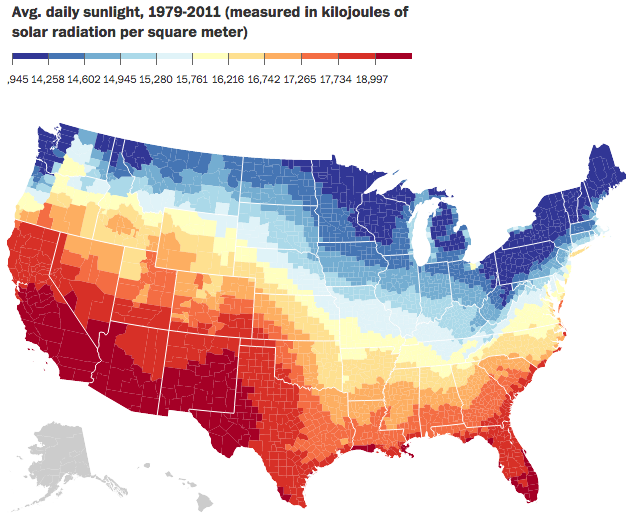
Credit for the piece goes to the Washington Post graphics department.
We are past the halfway point for summer in 2015 and that means the autumn 2016 presidential election is off and running. But running an election campaign, if even just for the primary phase, costs money. So where does each candidate receive its money? Well, FiveThirtyEight looked at the early reporting and identified four types. Their scatter plot does a nice job of summarising the state of the field.

Credit for the piece goes to the FiveThirtyEight graphics department.
In today’s post we look at a graphic made by the South China Morning Post to explain the Greek Crisis. The graphic does a nice job anchoring the story in a combined chart and timeline. The reader then continues down the piece learning about additional points from demographics to text-based explanations.
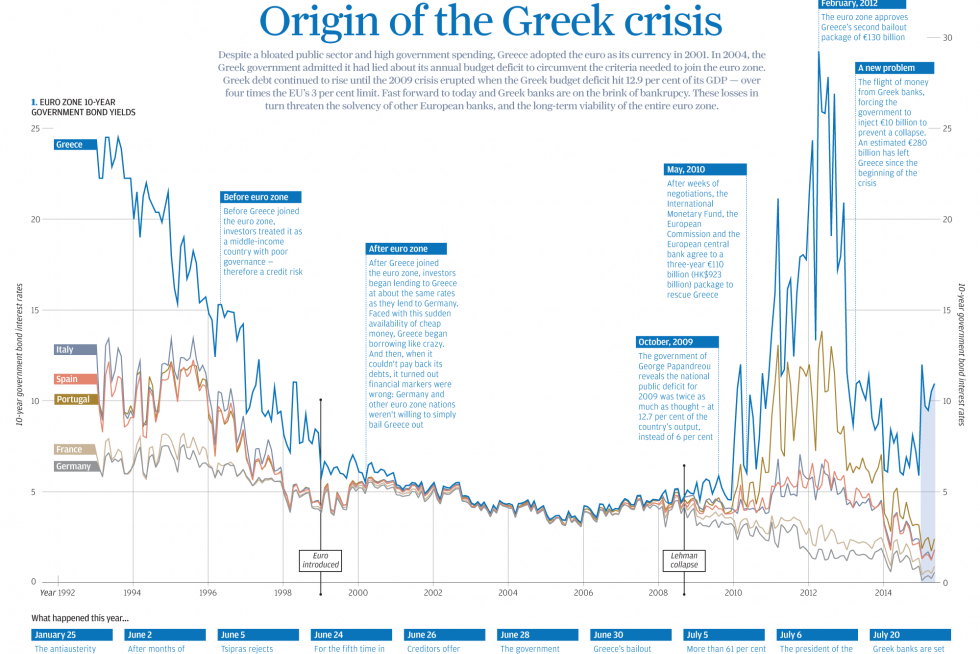
Credit for the piece goes to the South China Morning Post graphics department.
So the Red Sox in 2015 are godawful, terrible, bloody bad baseball. But, go back 11 years and they were amazing, fantastic, great and awesome baseball. 2004 was, of course, the year the curse was broken and that was in no small part due to the pitching efforts of Pedro Martinez, who would head down to Flushing in the off-season to end a seven year run of Pedro pitching for Boston. Well, this weekend, after being elected in his first year of eligibility, Pedro enters the Hall of Fame and then will have his number retired at Fenway.
The Boston Globe looked at Pedro, his arsenal, his career, and his best game ever: the 1999 17-strikeout, one-hit performance against the Yankees in Yankee Stadium. The whole piece is worth a looking. But this screenshot shows just how devastating his changeup was, especially in the context of an upper-90s fastball.
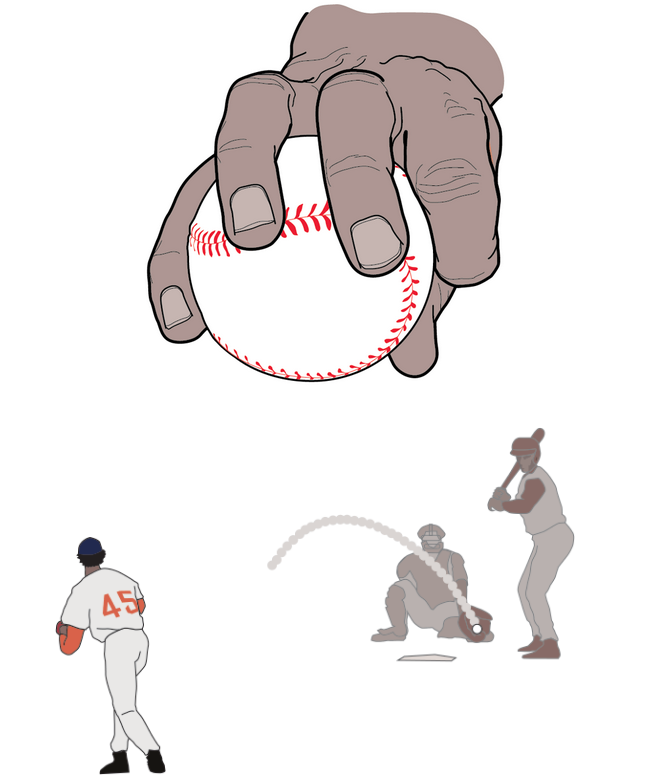
Who’s your daddy?
Credit for the piece goes to
Today’s a little piece for those of you who follow me from the Chicago area. It turns out that in the last 30 months, the water level of Lake Michigan has risen three feet. Despite what some people think, Lake Michigan is not an ocean—I have overheard conversations in my neighbourhood about people who went “swimming in the ocean today” and want to show them a map that points out the Atlantic is almost a thousand miles away—and is not under the same threat as the coast via melting icecaps. The Great Lakes are instead impacted by other regional and cyclical patterns, e.g. El Niño. This article by the Chicago Tribune makes use of this small but clear line chart in its discussion of those very factors.
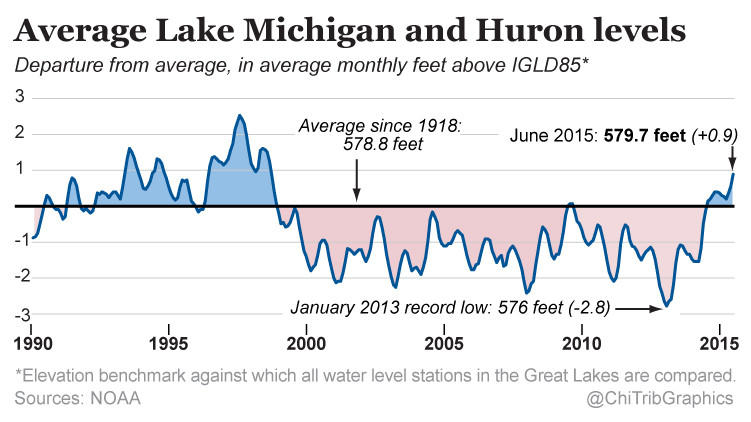
Credit for the piece goes to the Chicago Tribune’s graphics department.